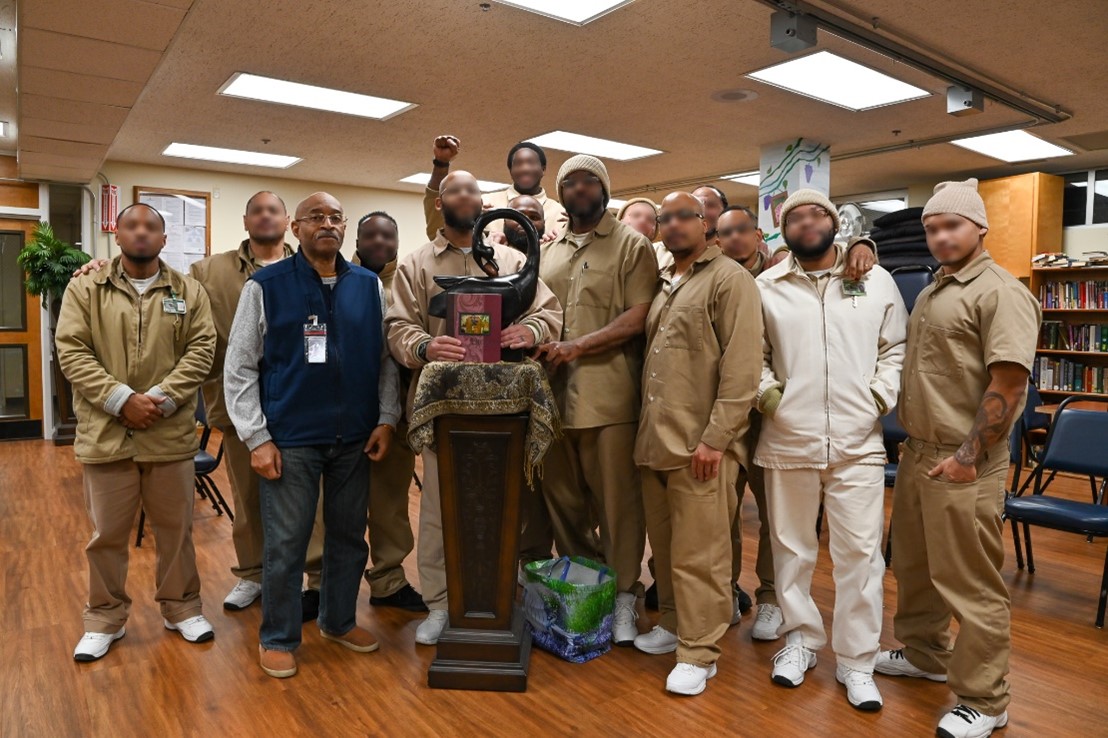February marks Black History Month, an annual celebration recognizing the significant contributions of African Americans to our society. The 2024 theme, “African Americans and the Arts,” offers a unique lens to explore the profound impact African American artists have had on the cultural landscape of the United States.
The origins of Black History Month date back to 1926 when historian Carter G. Woodson and the Association for the Study of Negro Life and History announced the second week of February to be Negro History Week. The week was chosen as it coincided with the February birthdays of Abraham Lincoln and Fredrick Douglas which were celebrated amongst black communities. The event inspired schools and communities nationwide to organize local celebrations, host performances and lectures.
By the late 1960s, thanks in part to the Civil Rights Movement and a growing awareness of black identity, Negro History Week had evolved into Black History Month on many college campuses after Black educators and Black United Students at Kent State University proposed the idea. President Gerald Ford officially recognized Black History Month in 1976, calling upon the public to “seize the opportunity to honor the too-often neglected accomplishments of Black Americans in every area of endeavor throughout our history.”
The 2024 theme “African Americans and the Arts” highlights the influence and innovation of African Americans across all fields of art, including music, dance, theater, visual arts and literature. From the Harlem Renaissance to the Black Arts Movement, African American artists have played a pivotal role in shaping a piece of American Heritage. Figures such as Langston Hughes, Jacob Lawrence, Billie Holiday, and Jean-Michel Basquiat have used their talents to express both the struggles and triumphs of the Black experience.
African American artists have also been at the forefront of numerous artistic movements, often merging their cultural heritage with contemporary expressions to create new artistic forms. This fusion is evident in genres like jazz and hip-hop, which not only revolutionized music but also impacted fashion, language, and lifestyle on a global level.
Art in prisons has also been recognized for its importance in cultural and educational programs in rehabilitation and reentry. African American incarcerated individuals have used many facets of art to not only past time, but to use as a form of expression, tell stories, and as a form of self-therapy to vent or to heal.
At Washington Corrections Center, many members of the Black Prisoners' Caucus (BPC) find peace in the art form of spoken word but their most important piece of art is a hand carven Sankofa bird statue from Ghana, gifted to them by Janet Preston. The statue is proudly placed in the center of their bi-weekly meetings. The statue features a large wooden bird with a forward-facing body, but its head is turned backwards. The word Sankofa translates “to go back and get it”, and its meaning for incarcerated individuals is to embrace the past to live well in the future.
“We use it as our foundation. It’s our principal. It’s a constant reminder that we are moving forward but not to forget those individuals who might be stuck.” Says Elijah, incarcerated BPC member.
Black Prisoners Caucus members believe they can still leave a positive mark on black history by providing a place for Black incarcerated individuals to work collectively to improve their relationships with family, the facility, and communities that they are currently absent from but still belong to.
Black History Month provides an essential opportunity to recognize and celebrate the profound impact of African Americans in the arts. This celebration is not just about acknowledging past achievements but also about inspiring future generations to explore and express their own talents. The involvement of groups like BPC highlights the relevance of this history in diverse contexts, demonstrating that the lessons and inspirations from art are universally applicable and transformative. As we reflect on the numerous contributions of African American artists, we are reminded of the power of art to change perceptions, challenge structures, and to create a more inclusive and understanding society.

